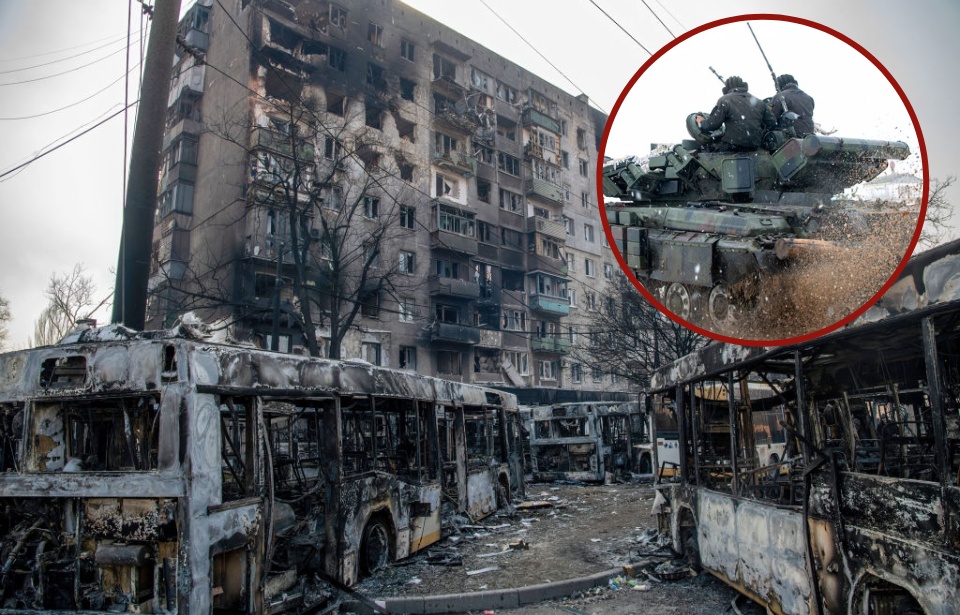The Russian invasion of Ukraine has surpassed the 100-day mark and has seen much of the invaded country left in rubble. Many cities were razed to the ground, while only a portion of pre-war houses have been left intact, particularly in Mariupol, Kharkiv, and Borodyanka. War crimes committed by Russian forces are being reported daily, and Ukraine’s GDP has shrunk by 45 percent, leaving the country’s economy in ruins. On top of that, over 6.9 million have fled to neighboring countries.
Rather than allow the Russian forces to succeed, the Ukrainian military has fought back. For many, the conflict is arguably the first modern conflict in Europe since the 1991-2001 Yugoslav Wars, primarily seeing the use of electronic and modern warfare.
The majority of militaries are not properly trained to succeed in either form of warfare, which only increases the urgency for them to develop programs that would train their forces to succeed in such conditions. With urbanization and the development of new technologies continuing to increase, it seems war and combat will continue to head in this direction.
Ukraine has no natural defenses along its borders with Russia Belarus, yet its military has held out for much longer than Russian President Vladimir Putin anticipated. Training which began at the start of the 2014 War in Donbas, along with NATO equipment, is clearly paying off.
Reconnaissance in a combat setting
Reconnaissance is the evaluation by military forces of an area to obtain information that would aid in their success. Along with gaining insight into the enemy, it also allows units to gain knowledge of the terrain, weather conditions, and possible structural targets, all of which can be gathered in a number of ways – including forcing the enemy to react.
A key part of reconnaissance is understanding how the human mind works, so that one can use the information gathered by reconnaissance teams to map out potential enemy movements and actions. The most adept at this are the advanced force, which utilizes tactical reconnaissance to enter deep into enemy lines to develop intelligence that is thorough enough for the attacking forces to develop a foundation upon which they can strike.
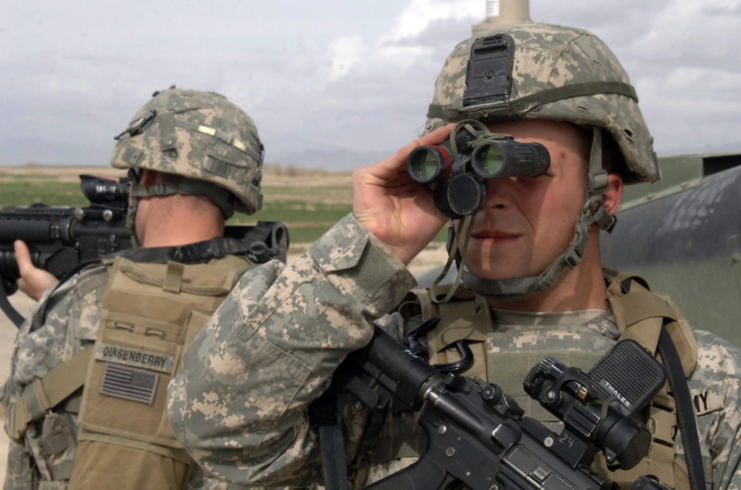
It’s much easier to obtain information about the opposing force in an open setting, rather than in urban locales. This has been shown by the fighting in the Russo-Ukraine War. What Putin believed would be a quick victory has turned into anything but. This type of fighting, paired with Russia’s electronic attacks on Ukrainian infrastructure, has given the world’s militaries a glimpse of where the future of warfare may be headed.
2022 Russo-Ukraine War
When Russia invaded Ukraine in February 2022 following months of escalating tensions and military exercises, Putin was certain his forces would quickly take control. That turned out to not be the case. The Ukrainian military has put up a fierce fight, pushing back the Russian forces and benefiting from the support of citizens looking to get involved. This includes the outfitting of every day vehicles with armor and guns.
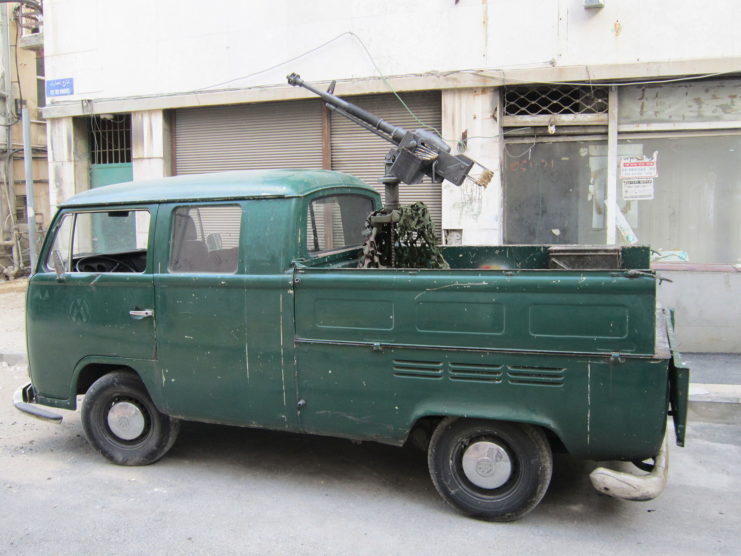
The conflict overall has shown that the way militaries approach warfare, from the general view of counterterrorism, might not be practical for this type of environment. Two main types have been at the forefront of the conflict: electronic and urban warfare.
The former is something Russia has dabbled in for years, and during the country’s fight with Ukraine has used cyber attacks not only to target key infrastructure but also the country’s allies. On the battlefield, Russian forces have also taken to jamming the GPS of Ukrainian drones deployed to locate them.
In eastern Ukraine, where the supply lines are shorter, the Russians have been moving their technological weapons closer to the fighting, prompting a Ukrainian intelligence official to call them a “pretty severe” threat to reconnaissance and communication between units.
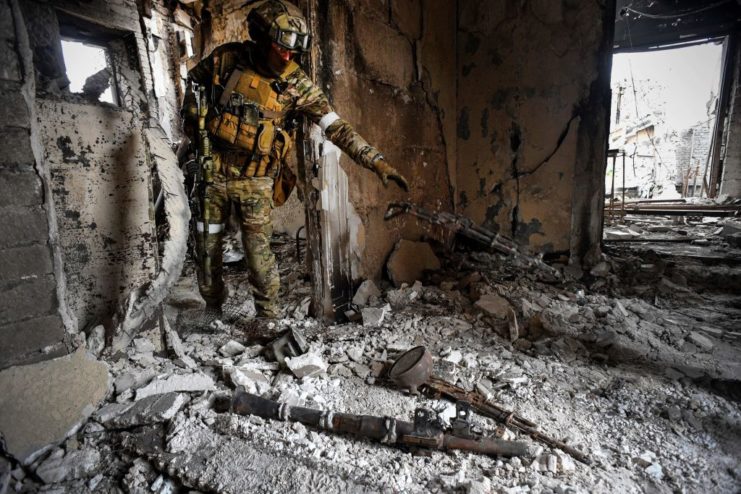
While Ukraine has largely been able to combat these cyber and electronic attacks, thanks to the aid of Western countries and private companies, such as Microsoft, whose Threat Intelligence Center and Digital Security Unit noticed the Russian cyberattacks on February 23, 2022 – a day before the physical invasion, Russian hackers have continued their attacks. This has largely been accomplished through the use of phishing emails and the exploitation of public web-based applications.
It should be noted, however, that Russia hasn’t made use of its more sensitive electronic warfare, out of fear it could be captured, and anti-Russian hackers have stolen data from Kremlin officials; the cyberattacks have been coming from both sides.
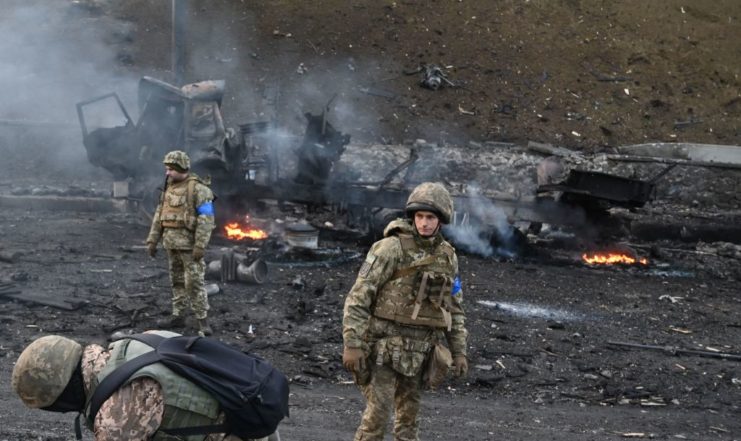
The difficulties of urban warfare have become even more apparent during the Russo-Ukraine War. Intelligence is particularly difficult to collect in urban settings, and it appears Russian forces based their invasion on poor intelligence, which they have been slow to recover from, despite what Putin claims otherwise. This is evident in the fact that the Russian military was larger and better equipped than the Ukrainian forces, yet struggled to find their footing.
This, among other things, can be traced back to the fact that a majority of the fighting has occurred in cities.
This has allowed Ukrainian forces to launch effective counterstrikes, with the aid of foreign weapons technologies, such as the Switchblade 300, the PzH 2000, and the M142 HIMARS. This, paired with foreign radar systems that detect incoming Russian fire, has only lent to the advantage the Ukrainian forces have with fighting on home soil.
Future warfare will feature increased attacks on electronic resources
In their examination of how the Russo-Ukraine war is changing military reconnaissance, Task & Purpose discussed the future of electronic warfare and the likelihood of more advanced operations occurring in the virtual space, as opposed to a battlefield. In particular, they look at the capabilities of advanced operations and how electronic warfare is one of the ways they can act while behind enemy lines.
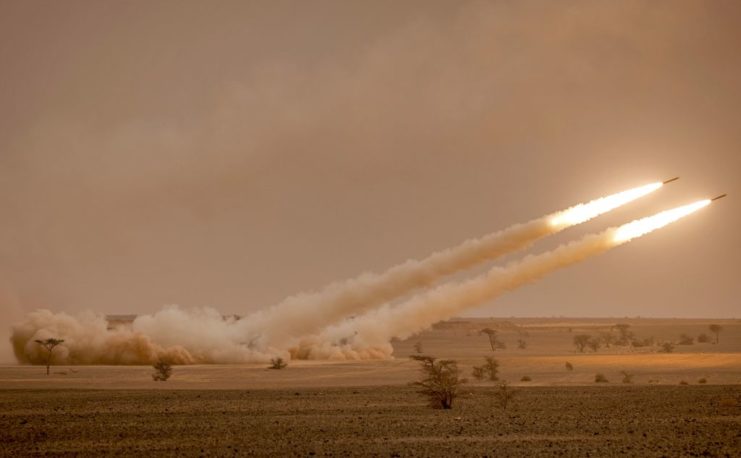
To succeed on the modern battlefield, militaries across the world need to start paying more attention to the use of electronic warfare, as one can cause just as much damage to the enemy through disruption tactics as they can in direct combat, largely through the creation of unfavorable conditions, by denying them access to the electromagnetic (EM) spectrum.
Electronic warfare is nothing new and has been utilized since the 20th century, first during the 1904-05 Russo-Japanese War. It has three elements – probe, attack, and protect – which involve the jamming and degrading of systems. Such disruptions can target a wide variety of technology, including navigation, communications, and guidance systems, the latter of which prevents the enemy from locating and launching strikes.
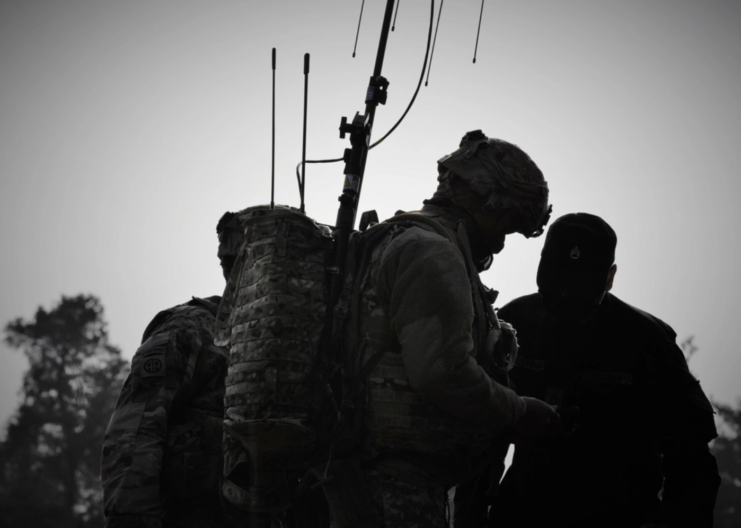
There are also three subdivisions of electronic warfare: electronic attack (EA), electronic protection (EP), and electronic warfare support (ES). Electronic attacks use electromagnetic energy weapons “to attack personnel, facilities, or equipment with the intent of degrading, neutralizing, or destroying enemy combat capability,” while electronic protection is used to protect allied forces from enemy attacks that could degrade their own technologies.
Electronic warfare support involves “actions taken by an operational commander or operator to detect, intercept, identify, locate, and/or localize sources of intended and unintended radiated electromagnetic energy” – essentially, reconnaissance.

This is accomplished through the use of newer technologies, requiring continued and increased training in the electronic and virtual spheres.
Militaries need to adapt to urban warfare
The idea that militaries – particularly the US military – need to adapt to fighting in urban settings is nothing new. Outside of the Russo-Ukraine War, such calls can be traced back to America’s involvement in the Iraq War. Upon their arrival in Baghdad, US forces saw their most brutal fighting in urban settings.
Not only were they ill-equipped for this type of engagement, as their advanced intelligence systems were ineffective in urban areas, but they were over-confident in their abilities, and the number of civilian casualties quickly made headlines in the US and abroad.
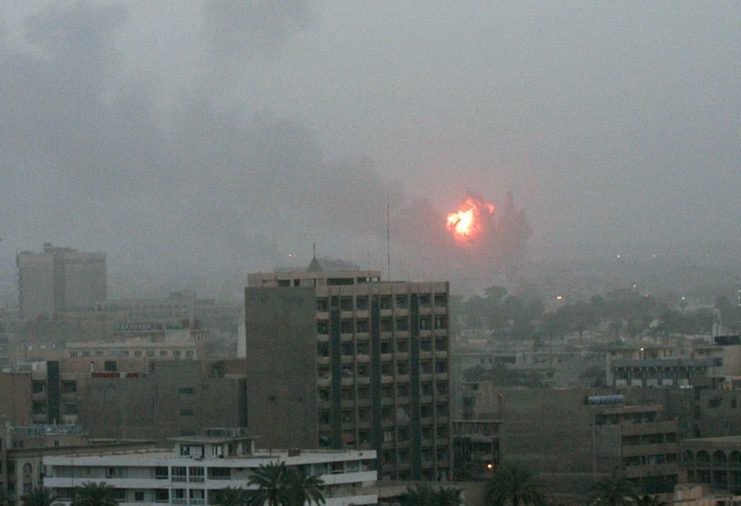
Urban warfare favors the home force – the defenders. They’re familiar with the area and, as such, have the “home advantage.” This is one of the reasons why guerrilla fighters perform particularly well in these environments. Outside forces (the attackers), on the other hand, are at a severe disadvantage if not trained on how to best fight in urban settings, and the fact is that the majority of militaries aren’t prepared for house-by-house, street-by-street fighting.
City streets often aren’t wide enough to allow the artillery systems and vehicles forces like the US military rely on, and if they do, there’s the issue of concealing them. Therefore, the attacking forces must rely on direct fire and hand-to-hand combat. There’s also the added difficulty of conducting effective reconnaissance and surveillance, meaning that, oftentimes, trust must be placed in local informants.
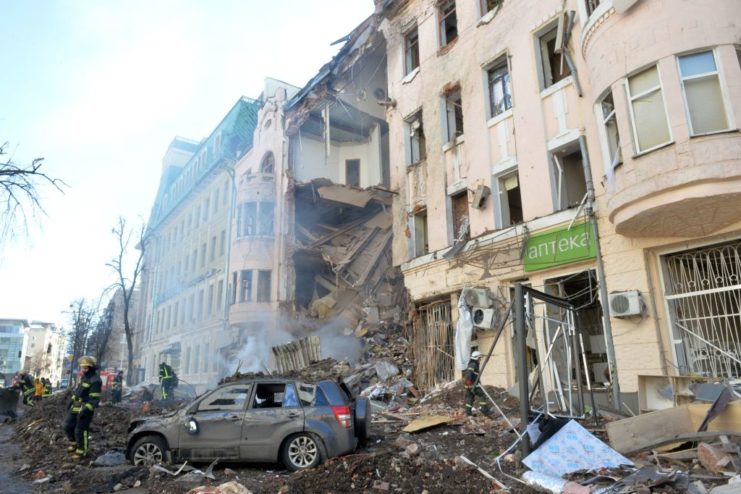
While wars are still largely fought on open terrain, they are steadily moving into more urban environments – and such conflict is only expected to rise (think possible future engagements in Taiwan, North Korea, or China). This was brought up by former US Army Chief of Staff Gen. Mark Milley in the mid-2010s, who warned that the US Army would likely be “fighting in urban areas” toward the middle half of the century – 2025 to 2050.
As such, he suggested the military “man, organize, train, and equip the force for operations in urban areas.”
While the US military has implemented a number of changes in regard to urban warfare training, there are many who feel the Department of Defense is still not fully prepared to engage in this method of conflict and, as such, there is the risk of increased civilian and US casualties.
How can the US military prepare its troops for urban warfare?
The above begs the question: how does the US military – the Army, in particular – prepare troops for urban warfare? An obvious first step would be to hire experts to help officials develop a training program that would adequately prepare servicemen for such fighting.
As John Spencer from the Modern War Institute at West Point writes, such training could lend itself to the development of an urban operations combat training center and command, as well as an urban warfare school. The service has a number of training centers, as well as the Jungle Operations Training Course, the Mountain Warfare School and training in desert conditions, so it would make sense to add urban warfare into the mix.
While, yes, there are a few courses that offer training in urban settings, these are geared toward specific fields, as opposed to the wider service. This was emphasized in a 2018 Army University Press press release, which stated, “Currently, the Army has no standardized venue that teaches the most dangerous task every combat arms Soldier will encounter on the battlefield: urban combat.”
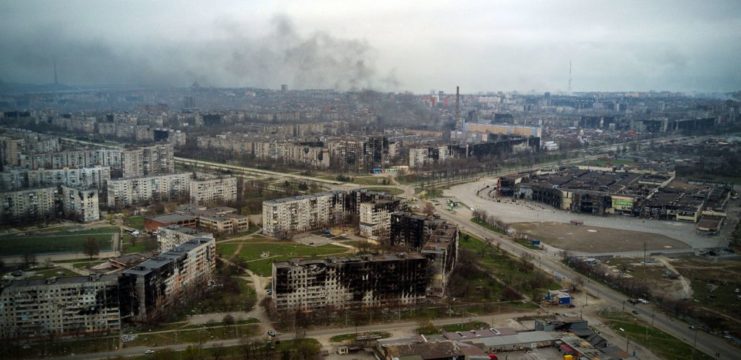
If this training were introduced, it would need to focus on preparing troops for the way the presence of civilians affects combat, operations, and the targeting of enemies. As Humanitarian Law & Policy writes, it would need to focus on the precautions needed to avoid – or, at least, minimize – civilian casualties, after which the focus could be on shaping battlefield strategy.
Ideally, this would include a discussion of tactics that would allow troops to develop urban-specific reconnaissance techniques, such as the diversification of those tasked with reconnaissance, and, potentially, draw the fighting outside of an urban setting.
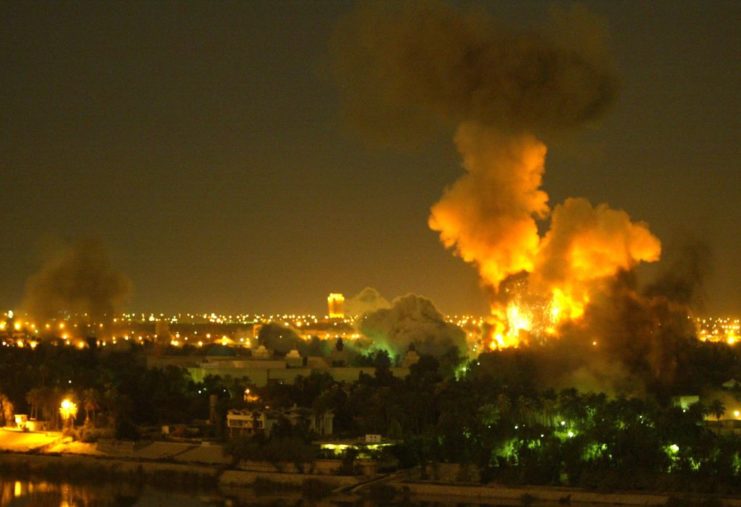
On top of this, the US Army should evaluate how other countries have approached urban warfare training. For example, the British Army, which held the Contested Urban Environment exercise in November 2021. While some could argue the UK is as ill-prepared for urban combat as the US, officials say such conceptual programs as AGILE WARRIOR are looking to improve these processes and put something more effective in place.
Military powers need to adapt to the changing face of war
If anything, the Russo-Ukrainian War has shown that the world’s military powers need to start adjusting to the modernization of warfare sooner, rather than later. Regardless of how strong they are in rural fighting, the conditions differ greatly in electronic and urban wars.
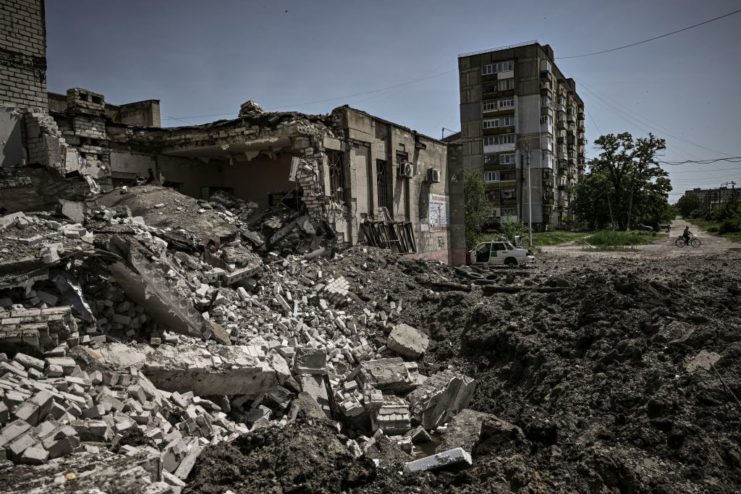
More from us: The History of Snake Island: From WWI to the Russian Invasion of Ukraine
As aforementioned, the latter favors those on the defense, meaning even with adequate training, which many militaries do not have, the attacking forces are at a disadvantage. If they wish to remain military superpowers, countries like the US need to begin developing new tactics and strategies, along with a curriculum that’ll allow soldiers to perform at their best, regardless of the location and conditions.
